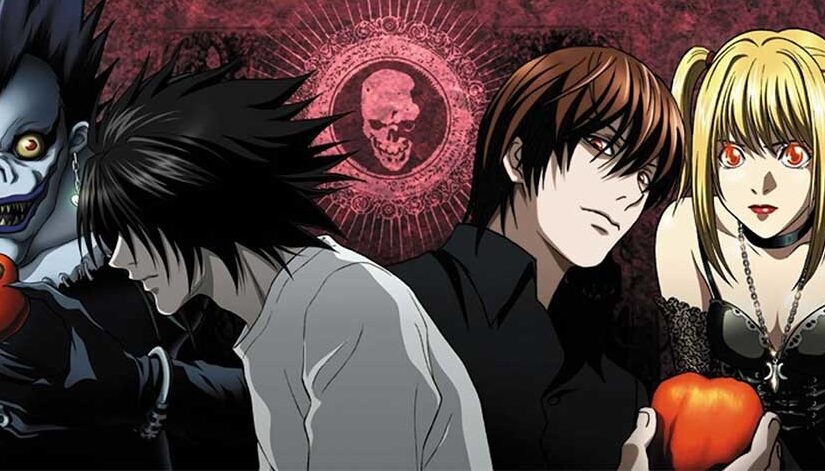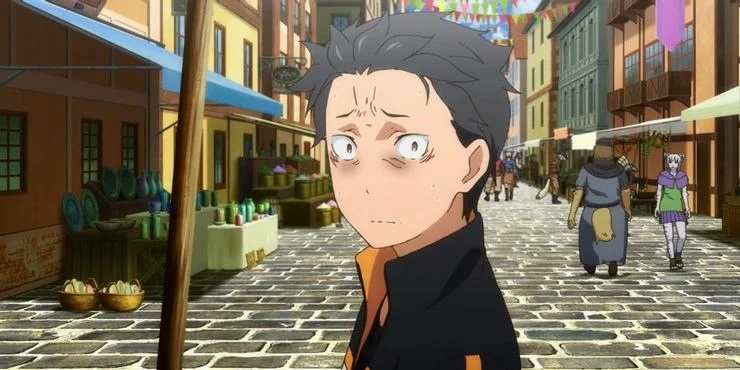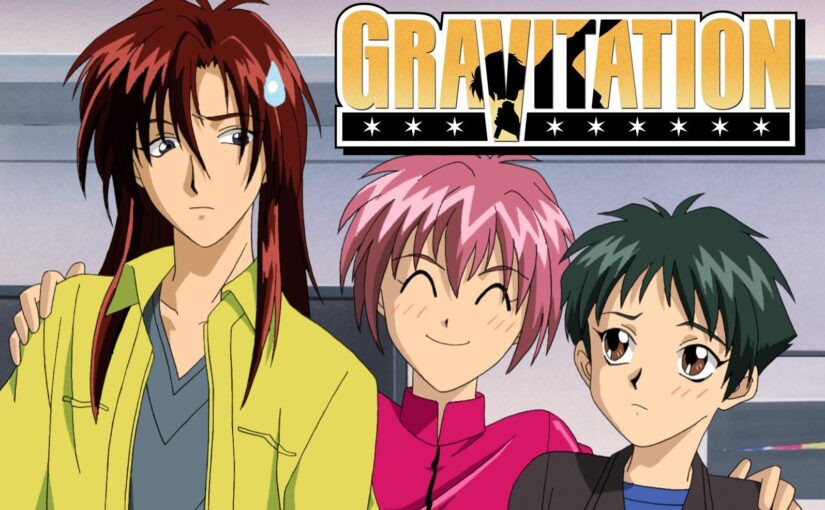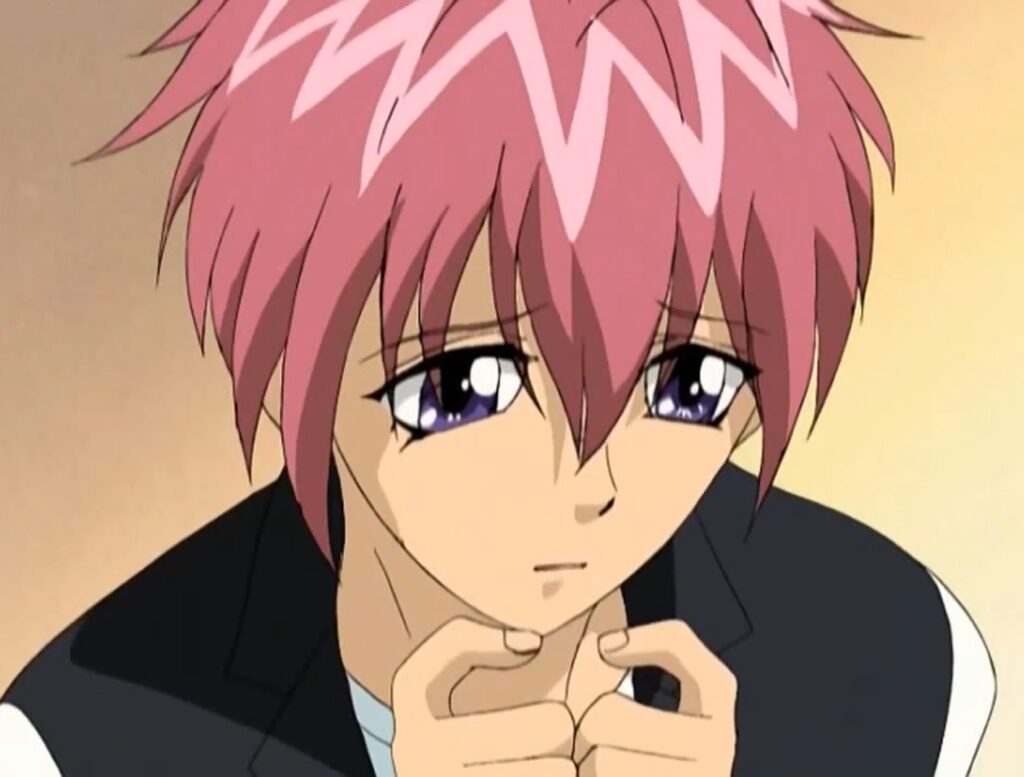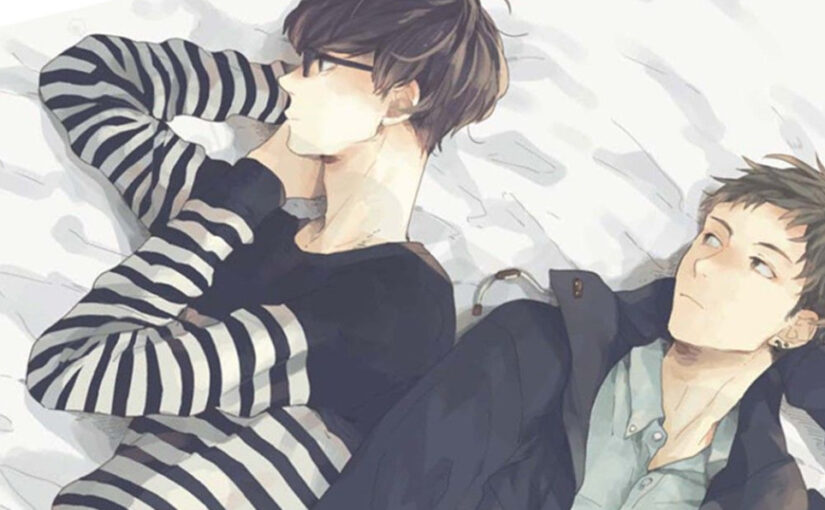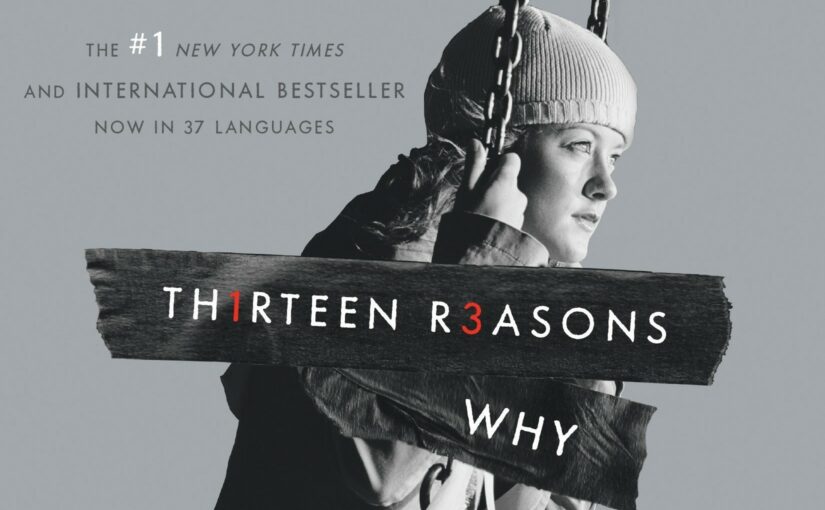Season two of Re:Zero was a treat. It is definitely a lot slower than season one, but this is because it did a lot of character and world-building. Overall I can’t say I enjoyed this season as much as the first season. By now the novelty of the emotional rollercoaster of return by death has worn down and the emotion feels shallower, but it still remains a very emotional show.
The one thread that this season elevates the theme that everyone needs to face and accept the past. During this season, all the main characters had to face their pasts: Subaru, Emilia, Beatrice, Garfield, Otto, and Roswaal. Rather than being an escapist Isekai series where the protagonist is thrown into a fantasy world, Subaru has to face his past as an Otaku shut-in. Subaru and Emilia had to literally face their past in a world created by the witch Echidna in her three trials. Garfield, Beatrice, and Roswaal had to let go of certain parts of their past for them to let go and go on with the future that Subaru is forging. All of the advantages that Subaru gains in this season were his ability to learn of the character’s pasts and then play that to his advantage the next round when he gave a motivational speech or made a deal.
By coming to this world and interacting with these people, it gives Subaru the motivation to do more with his life rather than being an otaku shut-in. Thus, the fantasy world inspired him and gave him encouragement. A meta read on the season could imply that this genre has that effect on people since it provides us with characters and people we can relate to– since in our mundane lives, we often don’t have people we can connect with. Subaru wanted his parents to scold him for skipping school, someone to get mad at him for being incompetent– and Subaru got that in this world. This series also does constant fourth wall breaks with Otaku culture. Subaru is completely aware that he is in an Isikai and makes constant references to the tropes in the genre. Although Subaru starts as that “that guy,” Subaru slowly changes into a more mature adult we root for as the hero.

